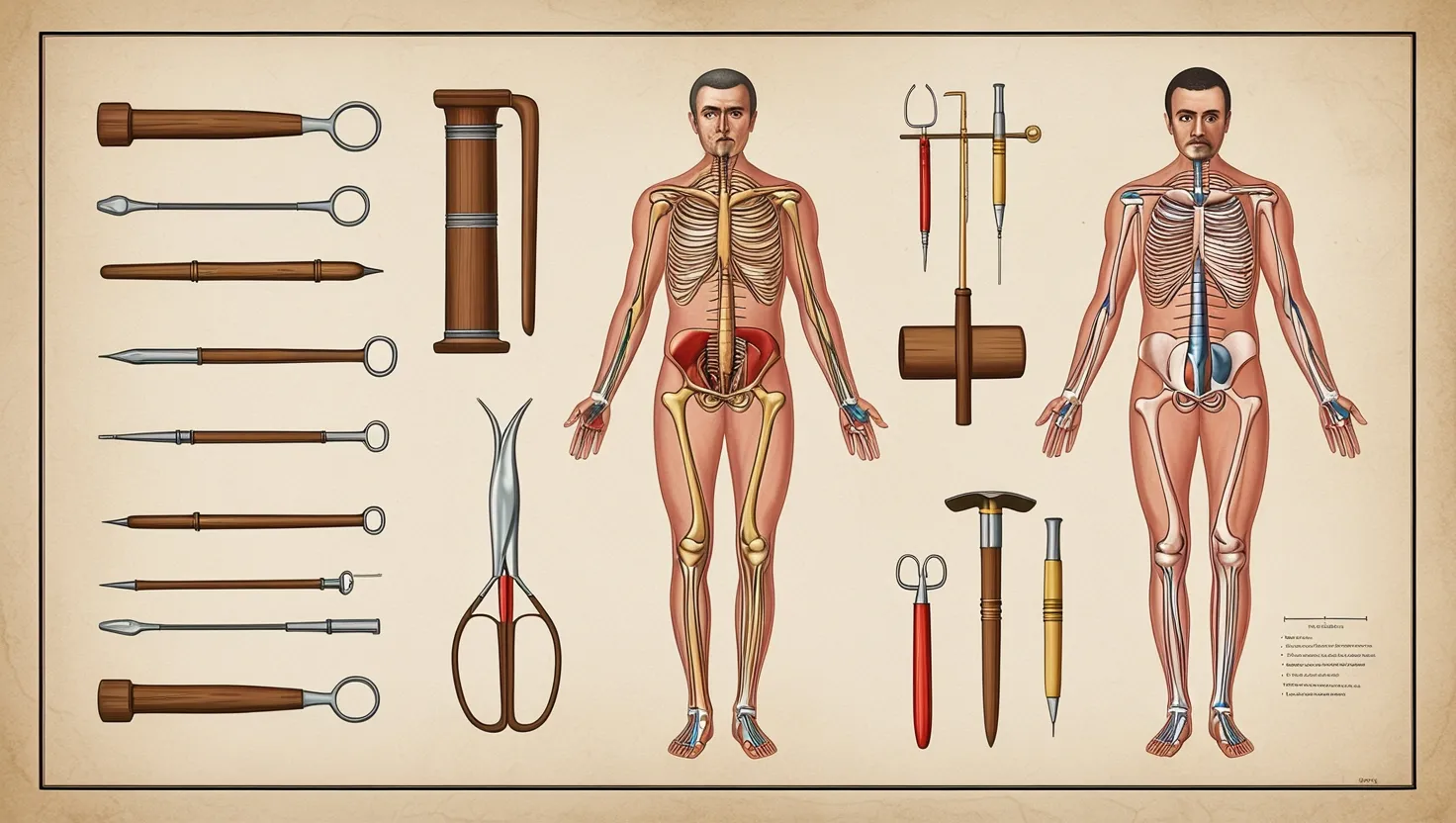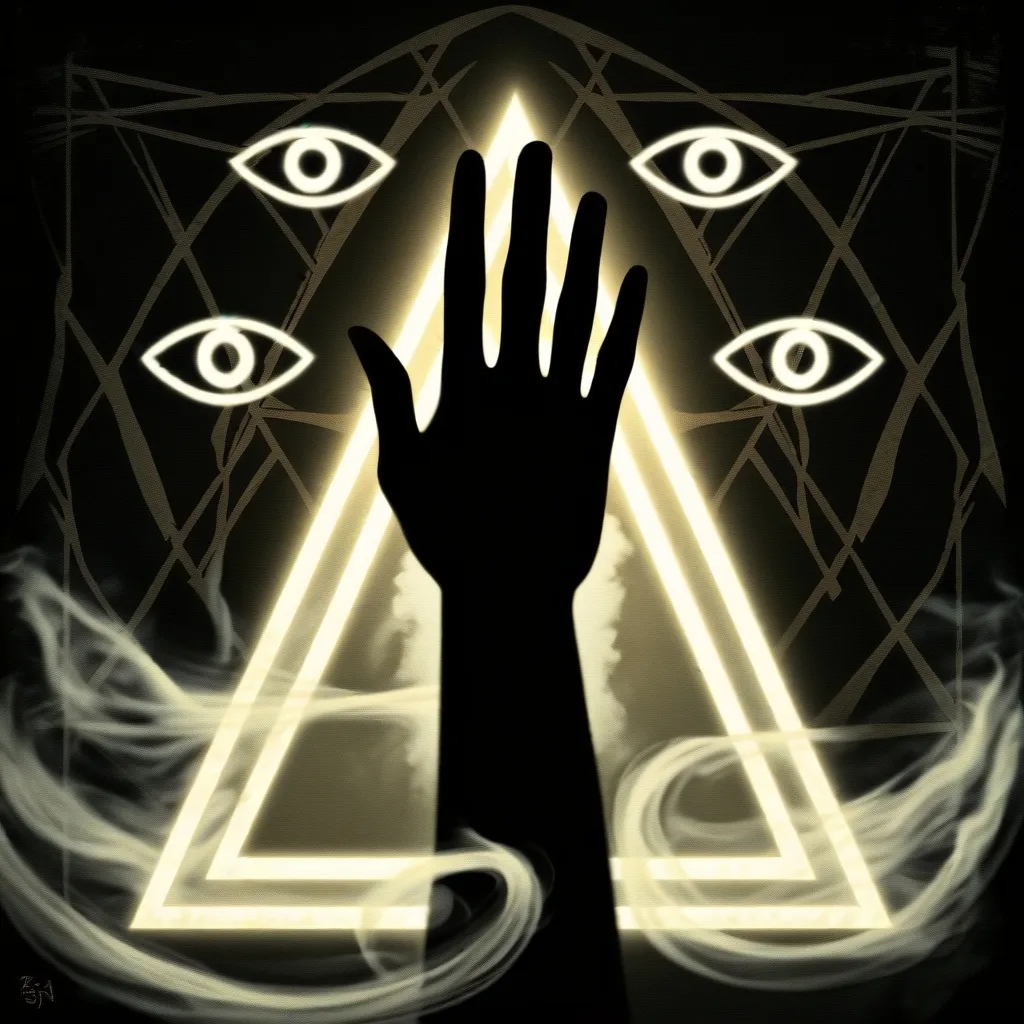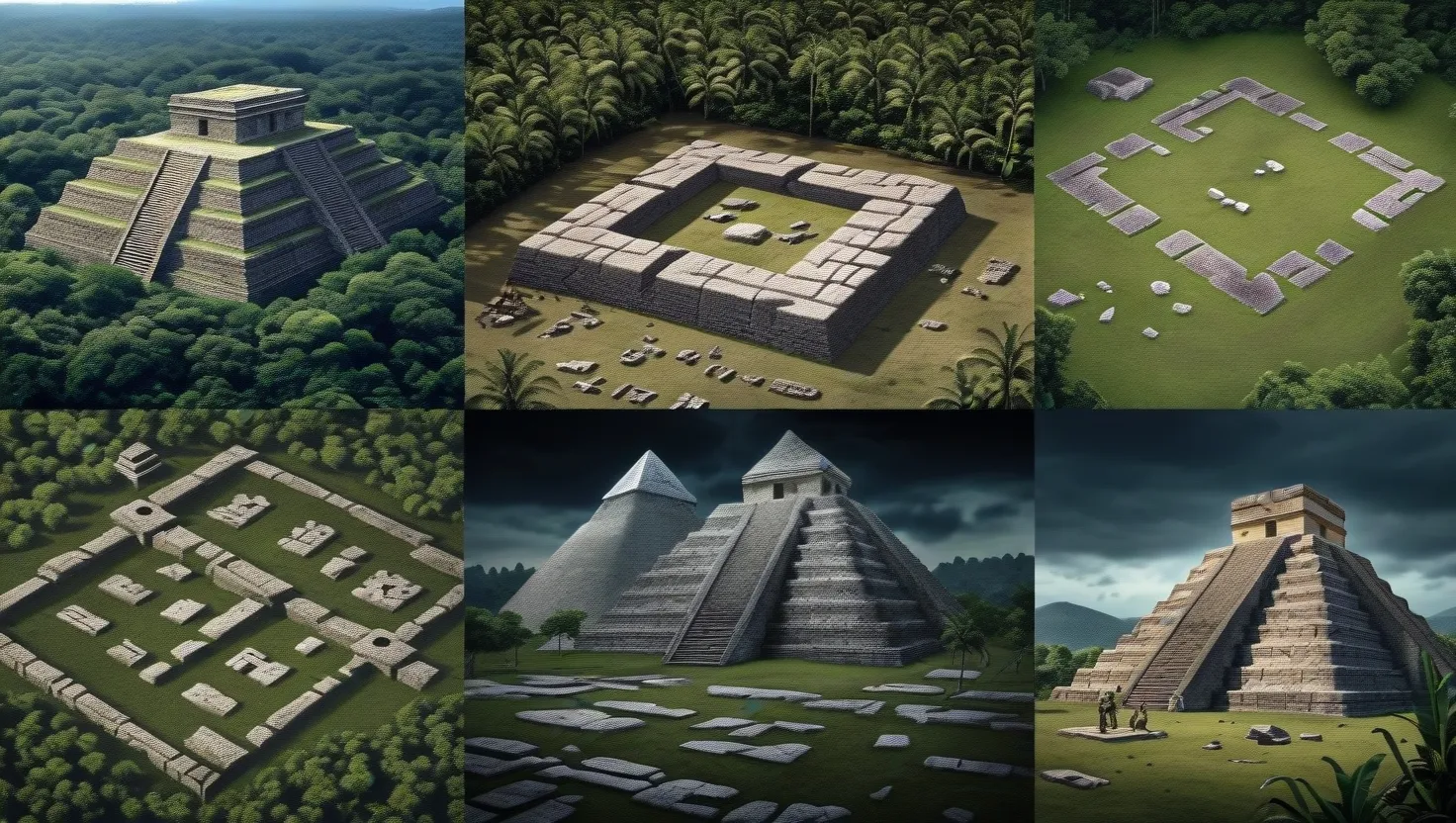As I delve into the fascinating realm of ancient medical practices, I am struck by the ingenuity and sometimes baffling methods our ancestors employed to heal and treat ailments. Here, we will explore six unresolved mysteries that continue to intrigue and puzzle modern researchers.
Trepanation: Drilling into the Skull
Imagine a procedure where a hole is drilled into your skull, a practice that sounds more like a horror movie than a medical treatment. Yet, trepanation was one of the oldest and most widespread surgical procedures in ancient times. The primary theories behind this practice include spiritual purposes, treatment for epilepsy, head wounds, mental disorders, and even headaches.
In prehistoric societies, trepanation was often performed to release what were believed to be evil spirits causing pain and illness. The bone that was trepanned was sometimes kept and worn as a charm to ward off these malevolent entities. But how did they manage to perform such a delicate procedure without the benefit of modern anesthesia or surgical tools?
“The art of medicine is long and life is short,” Hippocrates once said. This quote resonates deeply when considering the risks and complexities involved in trepanation. Despite its risks, the procedure was surprisingly effective in some cases, particularly for treating head wounds by removing shattered bone fragments and cleaning out pooled blood.
Egyptian Mummification: Lost Techniques
When we think of ancient Egyptian medicine, mummification often comes to mind. However, the intricacies of this process are far more complex than the popular image of wrapped bodies. The Egyptians developed advanced medical knowledge, as evidenced by the Ebers Papyrus and the Edwin Smith Papyrus, which detail diagnostic techniques, treatments, and surgical procedures.
But what about the actual process of mummification? It involved a series of intricate steps, including the removal of internal organs, treatment with natron to dehydrate the body, and the application of resin to prevent decay. Yet, some techniques remain lost to us. For instance, how did they manage to preserve the body so effectively that mummies remain intact thousands of years later?
“The doctor of the future will give no medicine, but will instruct his patient in the care of the human frame, in diet and in the cause and prevention of disease,” said Thomas Edison. This quote highlights the holistic approach to health that ancient Egyptians also embraced, combining medical treatments with religious rituals and a deep understanding of the human body.
Greek and Roman Use of Electric Fish
In ancient Greece and Rome, pain relief was a significant challenge. One of the more unusual methods they employed involved the use of electric fish. Yes, you read that right – electric fish. The Greeks and Romans discovered that certain fish, like the electric ray, could deliver an electric shock that could numb pain.
How did they harness this power? They would place the fish on the affected area, allowing the electric discharge to act as a form of anesthesia. This practice, though seemingly bizarre, shows an early understanding of the principles of electricity and its potential therapeutic uses.
“Nature is not a place to visit. It is home,” as Gary Snyder once said. This perspective on nature as a source of healing is evident in the ancient Greeks’ and Romans’ use of natural resources, including electric fish, to alleviate suffering.
Chinese Acupuncture: Original Theory and Practice
Acupuncture, a practice that involves inserting thin needles into specific points on the body, has its roots in ancient Chinese medicine. The original theory behind acupuncture was based on the concept of qi – a vital energy that flows through the body. Practitioners believed that by manipulating this energy, they could restore balance and health.
But how did this practice originate? Archaeological evidence suggests that acupuncture dates back to the Neolithic period, with early forms involving the use of sharpened stones and bones. Over time, the practice evolved to include metal needles and a sophisticated understanding of the body’s energy pathways.
“The superior doctor prevents sickness; the mediocre doctor treats impending sickness; the inferior doctor treats actual sickness,” is a quote often attributed to Chinese medical texts. This highlights the preventive approach to health that underpins traditional Chinese medicine, including acupuncture.
Ayurvedic Medicine: Mysterious Metal Purification Methods
Ayurvedic medicine, originating from ancient India, is known for its holistic approach to health. One of the lesser-known aspects of Ayurveda is its use of metal purification methods. Practitioners would use various metals, such as gold, silver, and copper, to create medicinal preparations.
How did they achieve this? The process involved heating and mixing metals with herbs and other substances to create potent remedies. However, the exact techniques and recipes used in these preparations remain somewhat mysterious, passed down through generations of Ayurvedic practitioners.
“Health is not valued until sickness comes,” as Thomas Fuller once said. This quote underscores the importance of preventive health practices, a core principle of Ayurvedic medicine.
Maya’s Advanced Dental Implant Techniques
The ancient Maya civilization is renowned for its advanced knowledge in various fields, including dentistry. One of the most fascinating aspects of Maya medicine is their use of dental implants. These were not just simple replacements but sophisticated implants made from materials like jade, obsidian, and even metal.
How did they manage to create such advanced dental prosthetics? The Maya developed a remarkable understanding of dental anatomy and the properties of different materials. Their implants were often so well-crafted that they remained in place for the patient’s entire lifetime.
“The doctor is to be able to tell the antecedents, know the present, and foretell the future — must, in fact, be the prophet of his own art,” said Hippocrates. This quote reflects the high level of skill and foresight required in ancient medical practices, such as the Maya’s dental implant techniques.
Reflections and Implications
As we explore these ancient medical practices, we are reminded of the ingenuity and resourcefulness of our ancestors. Despite the lack of modern technology, they developed sophisticated treatments that often showed a deep understanding of the human body and natural resources.
What can we learn from these practices? For one, they highlight the importance of a holistic approach to health, combining physical, spiritual, and environmental aspects. They also demonstrate the potential for natural resources to be used in therapeutic ways, a concept that is gaining traction in modern medicine.
As we continue to uncover the secrets of ancient medical practices, we are forced to ask: What other mysteries lie hidden in the annals of history? And how can these ancient wisdoms inform and improve our modern medical practices?
“The greatest wealth is health,” said Virgil. This ancient wisdom remains as relevant today as it was in the past, reminding us of the enduring importance of health and the continuous quest for better ways to heal and treat ailments.






